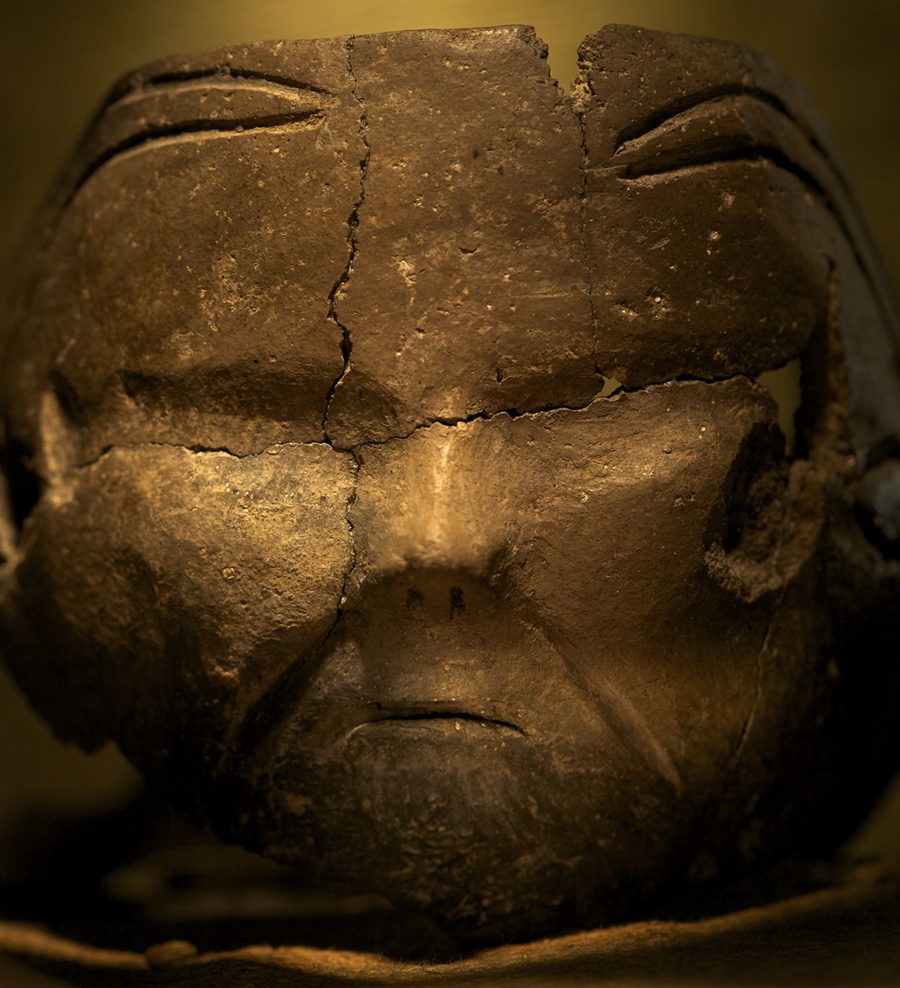Tunç Ilada stoops to pick up a pottery shard, one of many littering the ground at the Neolithic settlement of Çatalhöyük. “This is from a Roman ceramic workshop that was here nearly 2,000 years ago,” I˙lada, a tour guide, says of the shard. “But for the archaeologists working here, this is practically brand new.”
Ancient Rome indeed feels like modern history compared with the finds for which this arid, dusty site in rural central Turkey is most renowned. Beginning some 9,500 years ago, in roughly 7500 B.C., and continuing for nearly two millennia, people came together at Çatalhöyük to build hundreds of tightly clustered mud-brick houses, burying their dead beneath the floors and adorning the walls with paintings, livestock skulls and plaster reliefs. Greeks, Romans and other later cultures left evidence of their subsequent presence at the site, but it’s the Neolithic residents who have captured archaeologists’ imaginations: Now, new techniques to analyze the tantalizing clues left by these first settlers may overturn our entire notion of prehistory.

